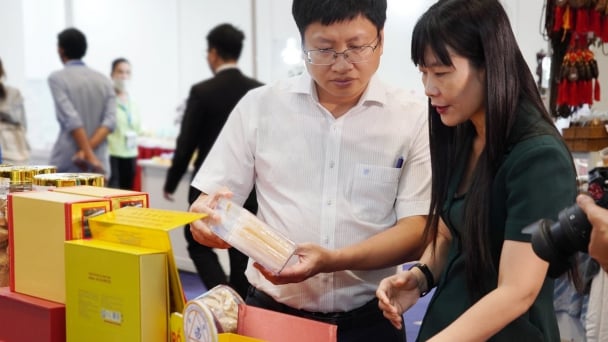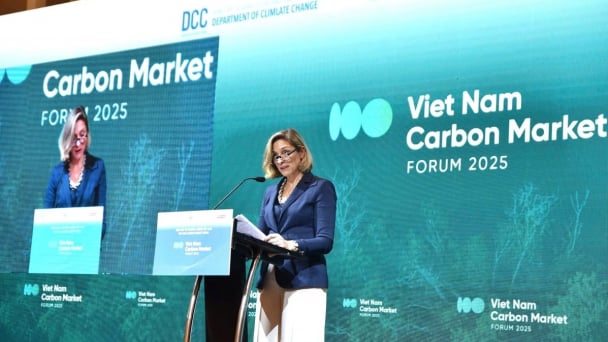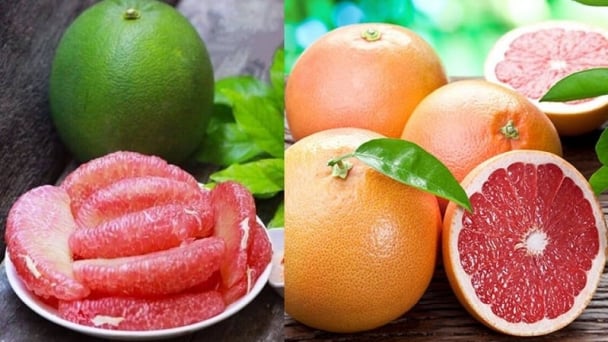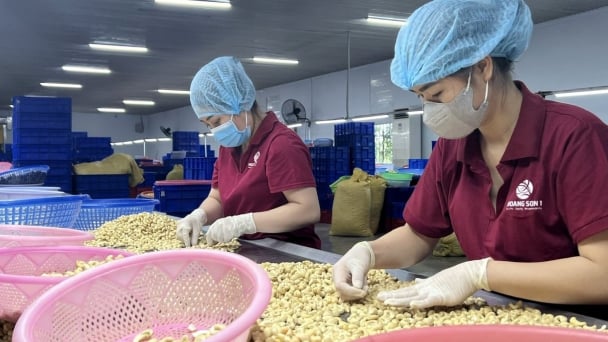April 13, 2025 | 20:15 GMT +7
April 13, 2025 | 20:15 GMT +7
Hotline: 0913.378.918
April 13, 2025 | 20:15 GMT +7
Hotline: 0913.378.918
According to Mr. Tran Duy Khanh, Head of Marketing and Market Analysis Department of the KNA CERT Organization, the US is the largest consumer of wooden furniture in the world. Each year, this country imports about USD 24–25 million worth of wooden furniture. Vietnamese wooden furniture is considered the largest supply source for the US market, accounting for about 37% of the US's total wooden furniture import value and about 50% of Vietnam's total wood export turnover.
In 2024, Vietnam's wood industry will have many opportunities to recover because inventory in the US market has been gradually depleted since 2023, creating motivation for this market to continue importing. However, the US market has many new barriers related to export standards, environmental protection, and sustainable values.

Vietnamese wooden furniture is considered the largest supply source for the US market. Photo: V.D.T.
"Therefore, Vietnamese wood businesses need to proactively update the US's standards and regulations on sustainable forest development, clean supply chains, and the origin of wooden furniture to access the world's largest market," said Mr. Tran Duy Khanh.
Regarding the European (EU) market, according to Mr. Khanh, Vietnamese wooden furniture imported into this market currently accounts for only 1.9% of the EU's total wood product import value and 3.2% of Vietnam's total export turnover. The reason why Vietnam's wood products have not entered deeply into the EU market is that customers in this region are very demanding when using wooden furniture. Wooden furniture used by EU residents must be made from raw materials with FSC sustainable forest management certification. At the end of 2024, the EC will continue to apply anti-deforestation regulations (EUDR), which is a big challenge for Vietnam's wood industry.
Mr. Khanh affirmed that FSC certification will create a competitive advantage for Vietnam's exported wood products in the EU market and is an opportunity for Vietnamese wood products to access the EU market, a potential market. Besides, the Vietnam-EU Free Trade Agreement has been in effect for the third year, which is a driving force for Vietnamese goods to be exported to the EU market.

According to Ms. Vu Thi Que Anh, senior purchasers in the global market are willing to pay more for commodities made from FSC-certified raw materials. Photo: V.D.T.
"Vietnam is one of four countries in Asia that has a trade agreement with the EU, so Vietnam has many opportunities for tax reduction and incentives for exporting goods to this market. The actual situation that the EU is facing difficulty in replacing supply sources of wooden furniture from Russia and China is also a great opportunity for Vietnam's wood industry to access this market," said Mr. Tran Duy Khanh, Head of Marketing and Market Analysis Department of KNA CERT Organization.
According to Ms. Vu Thi Que Anh, representative of the Forest Stewardship Council (FSC) in Vietnam, Vietnam currently has about 310,000 ha of forests that have been granted FSC certification, of which more than 20,000 ha are natural forests without logging and the rest are planted forests. FSC CoC certification in Vietnam has increased quite rapidly, with 1,730 units currently granted this certification. Vietnam also has many other FSC-certified raw material lines, such as over 9,000 ha of bamboo and 6,000 ha of rubber. Rubber wood alone is also a raw material to produce export commodities to supply to the world market.
"For FSC-certified wood, area is only one factor; more importantly, the product must ensure sustainability. In Vietnam, raw wood with FSC certification is sold at a price 10-15% higher than wood without FSC certification. For senior purchasers in the global market, they are willing to pay more for commodities made from FSC-certified raw materials. Because they can identify the values and social impacts that products made from FSC-certified raw materials bring sustainable development to the forest," Ms. Vu Thi Que Anh shared.

Two core requirements that businesses need to pay attention to in order for wood products to circulate in the EU market are to not cause deforestation and to be legal. Photo: V.D.T.
Mr. Pham Dinh Suc, chief assessment expert at the KNA CERT Organization, also assumes that FSC is the standard for world consumers to select products for consumption. Currently, the majority of businesses operating in the export wood processing industry in Vietnam have certificates requested by customers. However, if businesses proactively obtain FSC certification first, they will enjoy many benefits. Because FSC operates in 123 markets around the world with a homepage, businesses can update all information and seek customers wishing to buy products from this page. By joining FSC, small businesses can also find business opportunities with partners globally.
According to Mr. Suc, FSC has two main types of certification: FSC FM and FSC CoC. FSC FM is a certification for forests that meet environmental, social, and economic criteria. This certification is for afforestation and forest exploitation organizations, while FSC CoC certification is for the production chain from round wood purchasing, sawmills, and processing factories to sales units.

Mr. Pham Dinh Suc, chief assessment expert at the KNA CERT Organization, assumes that FSC is the standard for world consumers to select products for consumption. Photo: V.D.T.
According to Mr. To Xuan Phuc, Executive Director of Forestry Policy, Trade, and Finance Program at the Forest Trends Organization, two core requirements that businesses need to pay attention to in order for wood products to circulate in the EU market are to not cause non-deforestation and to be legal. Currently, many customers in this region have been applying many voluntary sustainable production and consumption standards for wood products. For example, products must have a FSC sustainable forest management certification. Besides, according to the Vietnam-EU Voluntary Partnership Agreement on Forest Law Enforcement, Governance and Trade (VPA/FLEGT Agreement), Vietnam commits that all wood products exported to the EU are legal, so businesses must adapt and follow.
"Currently, sales of businesses with FSC certification have increased by about 4% and are growing very sustainably. FSC certification makes an important contribution to this development, while other businesses only increased by less than 1%," said Mr. Pham Dinh Suc, chief assessment expert at the KNA CERT Organization.
Translated by Thu Huyen

(VAN) KOCHAM Deputy President expects that Vietnam would accelerate innovation and development of bird’s nest-based products as a representation of Vietnamese culture.

(VAN) Imported dairy products are weakening the local industry, according to dairy farmers and processors.

(VAN) April 10 marked a significant milestone for Vietnam's agricultural exports as Vietnamese pomelos officially became available at the Lotte Mart supermarket chain in South Korea.

(VAN) Vietnam is focusing on developing the legal framework and technical infrastructure for the carbon market, with committed support from global financial institutions.

(VAN) The citrus fruits market in China is expected to slow down, but still show steady expansion, with volume reaching 56M tons and value reaching $71B by the end of 2035.

(VAN) The European Union issued a notice regarding the amendment of Annex III of Regulation (EC) No 853/2004 and aims to introduce new provisions in the fourth quarter of 2025.

(VAN) Vietnam has great potential for exporting food to the global Halal market, but there is a need to build an ecosystem to develop this market.